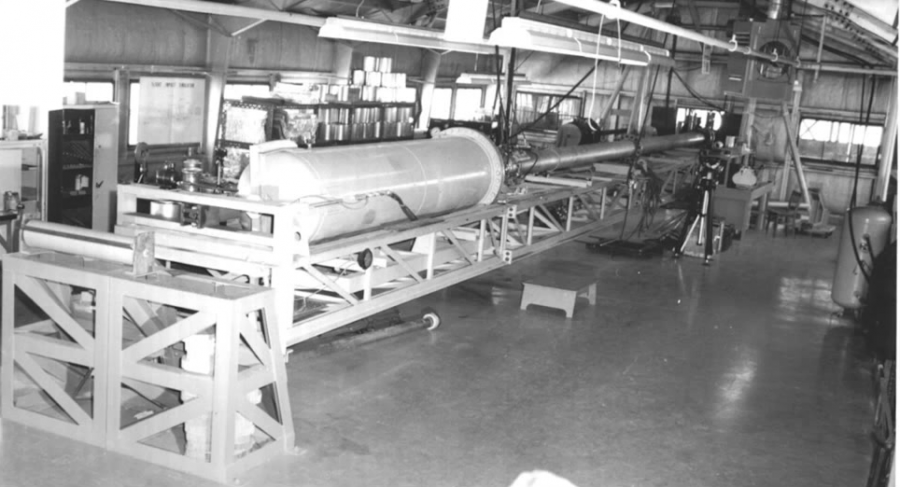The Chicken Cannon
One of the cannons kept at the research facility.
December 17, 2021
The National Research Council of Canada (NRC) began testing cannons using chicken carcasses as ammunition to prevent damage to airplanes caused by bird collisions. The cannons are used to launch the carcasses at airplane parts to test their resistance to bird impact.
Each year the Federal Aviation Administration (FAA) reports thousands of bird-strikes. The majority happen between takeoff and landing around 3,000 feet. However, there have been the rare few between 20,000 and 31,000 feet. In the 60s there were two crashes caused by bird impact, resulting in 79 deaths combined. In 2009, both engines had failed an airplane after it flew through a flock of geese. Miraculously, the pilot Captain Chesley “Sully” Sullenberger and First Officer Jeff Skiles were able to lead the plane to a water landing in the Hudson River with no casualties.
Preventive measures have before been taken to clear the skies around airports, yet they cannot stop every bird in flight. Examples would be fireworks, lights, lasers, dogs, and birds of prey, to scare away other birds in the airport area.
After the crashes in the 60s, the NRC along with experts in many fields formed a committee to investigate bird collision and create something to work against them. They explored many possibilities and decided to use the design of a cannon powered by compressed air which would launch dead birds.
The NRC has four cannons in its inventory and preforms two types of tests. Before any testing can be done, they must calibrate the cannons to find the right speed to fire the bird. NRC senior research officer Azzedine Dadouche states, “To do the calibration test, we can use gelatin-based birds, or we can use chickens that we buy at the grocery store.”
Testing can then be done with the real birds. They are either fired at parts that are important to an airplane’s structure, or into an operating engine. Azzedine Dadouche says, “The birds — always dead ones only — go into the cannon with the feathers, the head, legs, everything.” The birds come from companies specialized in using birds of prey to scare off other birds, sometimes small birds are killed.
A combination of things affects the speed at which the bird is launched, the air pressure in the tanks and weight of the projectile are examples. The fastest projectile was a two-pound gelatin-based chicken that reached speeds up to Mach 1.3, over 1,000 miles per hour. Another test had output speeds of Mach 1.09, over 800 miles per hour, where a real chicken was used. Now, the NRC has a poster that declares the research facility as “Home of the World’s Fastest Chickens.”


